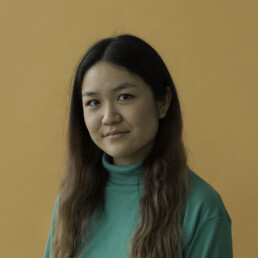By Cameron Cartiere
Over the last several years the term place-specificity and its variant, place-specific has occurred frequently in relation to installations, permanent public art works, and public interventions. While place-specificity is now a recognised term, within many texts place-specific is often indiscriminately exchanged with site-specific, implying that the two terms are synonymous.
Based on theory and curatorial practice, this research explores a range of perspectives on the role of place-specificity within socially engaged public art practice. The study examines the difference between site and place and how place influences perceptions of specific locations through memory, history and experience and explores place as a subject, an artistic influence, and a social and cultural signifier.
The research reflects on the potential of place-specific public art to celebrate unique cultural differences, inspire international collaboration, and provide a forum for local distinctiveness in the face of globalization. The relationships between public art, site, space, and place explored in this work will be of interest to those in the fields of art, geography, cultural studies and architecture.








